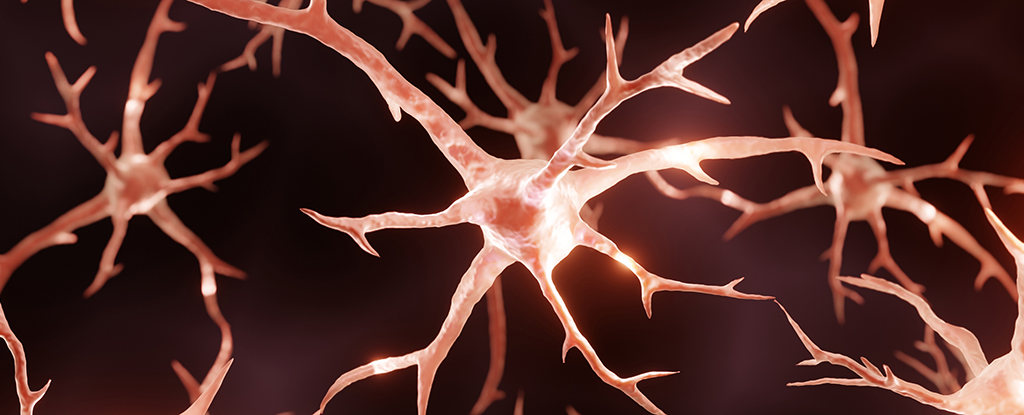Alzheimer’s is a complex, difficult-to-understand disease, but we now have new insight into one of the mechanisms through which the condition can damage cells in the brain.
A study carried out by researchers from Cardiff University and the University of Bristol in the UK has looked closely at a genetic variant of a protein-modifying enzyme which has previously been linked to an increased risk of late-onset Alzheimer’s.
The variant, called P460L, interferes with the function of the EphA1 gene, which is important in cell communication, movement, and development. The aims of the study were to investigate exactly how this interference might contribute to Alzheimer’s risk.
“The EphA1 gene is known to play a role in immune cell recruitment,” says cellular immunologist Ann Ager from Cardiff University.
“We hypothesized that the P460L variant might disrupt EphA1 activity and influence inflammation in the brain, leading to an increased risk of developing Alzheimer’s.”
Through a series of tests on lab-grown cells, the team was able to establish that P460L disrupts the way that EphA1 controls T cells, the white blood cells that play a crucial part in the running of the body’s immune response.
The genetic variant also affects the way that the blood-brain barrier – vital in screening potentially harmful materials from reaching the nerves – is managed through EphA1. This may cause a scenario where the brain’s usual defenses are weakened.
In short, the sort of damage that we see in the brain with Alzheimer’s could be linked to T cells targeting healthy brain cells and the blood-brain barrier being compromised, with P460L to blame in both cases.
“We discovered that the P460L variant disrupts the normal behavior of EphA1 and impacts immune responses and blood vessels in the brain,” says clinical neuroscientist Helen Owens from Cardiff University.
“Our study suggests that the P460L variant alters EphA1-dependent signaling which has implications for blood-brain barrier function in late-onset Alzheimer’s disease.”
It’s likely that many of the triggers leading to Alzheimer’s are interconnected, and P460L is only part of the story. But we now have a significantly better understanding of how the immune system might be affected in at least some people with the disease.
The researchers say there’s a lot more work to do in establishing how the P460L variant changes the behavior of T cells and the integrity of the blood-brain barrier, and that’s something future studies can follow up on.
As always, a better knowledge of Alzheimer’s means the possibility of more effective treatments; if we can discover more about how the disease progresses, then we’ve got a better chance of stopping it.
“This work will help to inform whether targeting P460L activity has therapeutic potential for treating late-onset Alzheimer’s disease in the future,” says Owens.
The research has been published in Alzheimer’s & Dementia.





